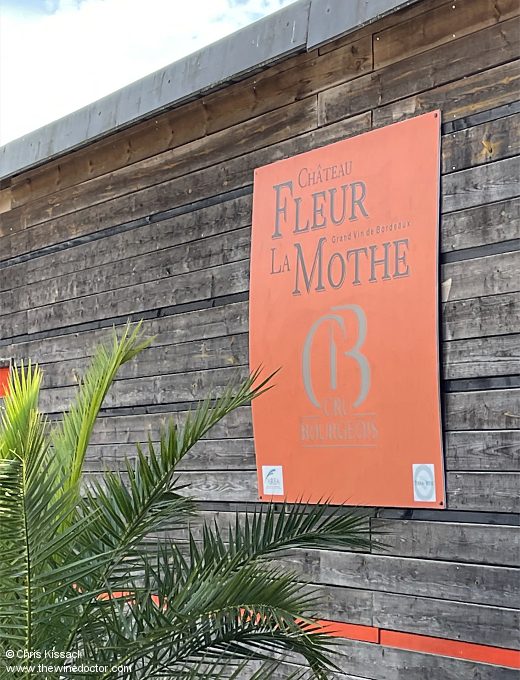Château Fleur La Mothe
The northern Médoc is often said to be flat and featureless, and if you happen to end up here on one of its more windswept and wintry days you would be forgiven for immediately signing up to this mantra, before immediately heading south, back to the city of Bordeaux, and the comfort of your centrally heated hotel room. Or even better, the bar.
In truth, however, the Médoc is a fascinating landscape with many hidden geological treasures which should be of interest to viticulturists and wine drinkers alike. Even to the untrained eye aerial maps make clear that some parts have more altitude than others, and of course it is the higher parts we are interested in; here we find long-established settlements surrounded by vineyards, while the lower parts, many of them silted up bays and inlets criss-crossed by drainage channels, remain marshy and uncultivated.
The land around Saint-Yzans-de-Médoc, a stone’s throw from the waters of the Gironde, is typical. This is the point at which the gravels for which the Médoc peninsula is famed have finally petered out, just to the south, a last hurrah! which underpins the vineyards of Château Coufran and Château Loudenne. Most of the northern Médoc is instead covered in an unremarkable blanket of sandy and silty material, but around Saint-Yzans-de-Médoc and its neighbouring communes, including Saint-German-d’Esteuil, Civrac-en-Médoc and Couquèques there is a much-valued outcrop of limestone.

